Blue Mesa Restaurant
Fort Worth, TX
Restaurant facade and screen in angel hair stainless steel with imagery of tree branches.
Restaurant facade and ImageWall screen in angel hair stainless steel with imagery of tree branches.
Restaurant facade and ImageWall screen in angel hair stainless steel with imagery of tree branches.
Restaurant facade and ImageWall screen in angel hair stainless steel with imagery of tree branches.
Restaurant facade and ImageWall screen in angel hair stainless steel with imagery of tree branches.
Interior of restaurant viewing ImageWall screen in angel hair stainless steel.
Detail of ImageWall screen in angel hair stainless steel.
Restaurant facade and ImageWall screen in angel hair stainless steel with imagery of tree branches.
Detail of ImageWall screen structure.
Detail of ImageWall screen structure.
Interior of restaurant viewing ImageWall screen in angel hair stainless steel.
























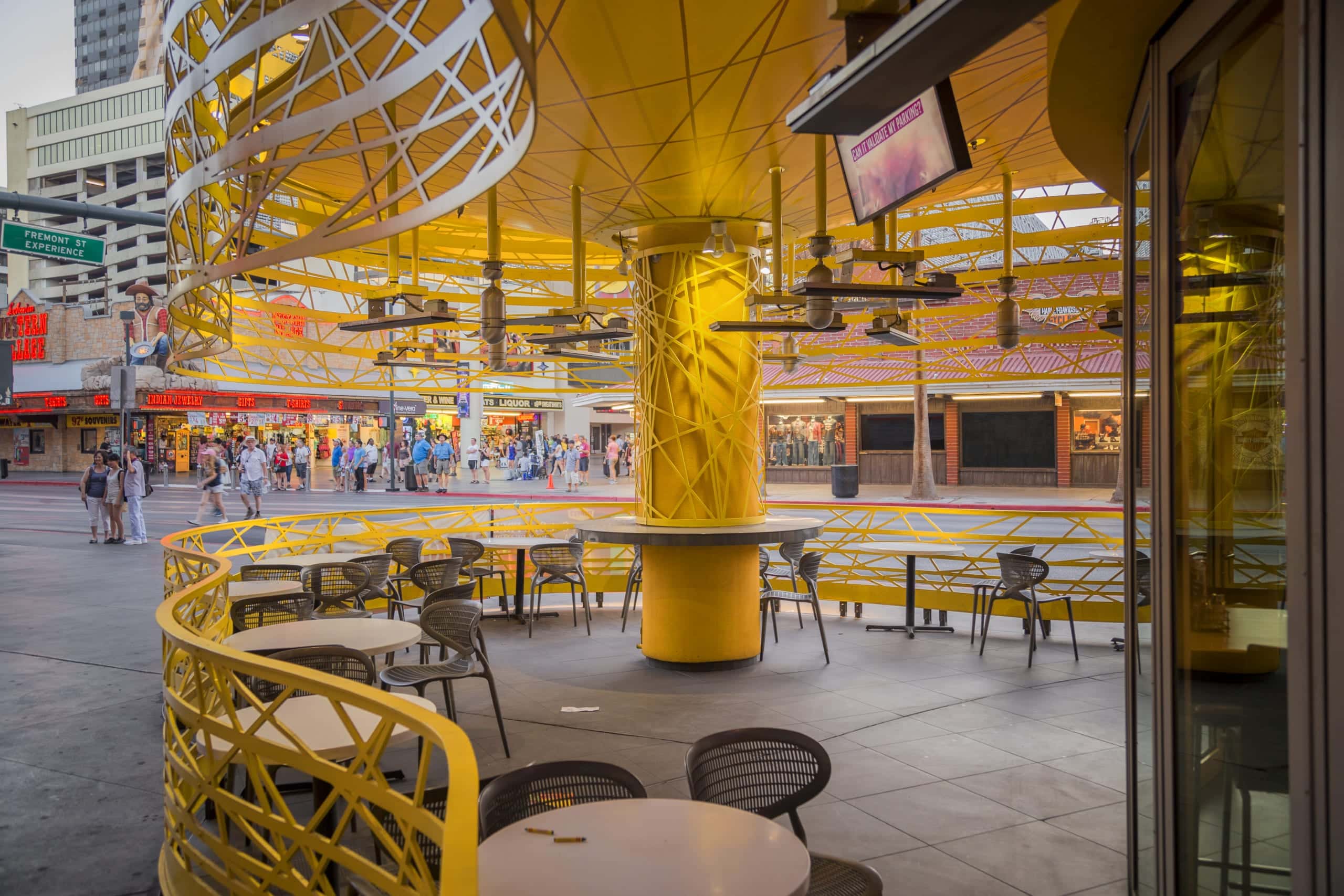

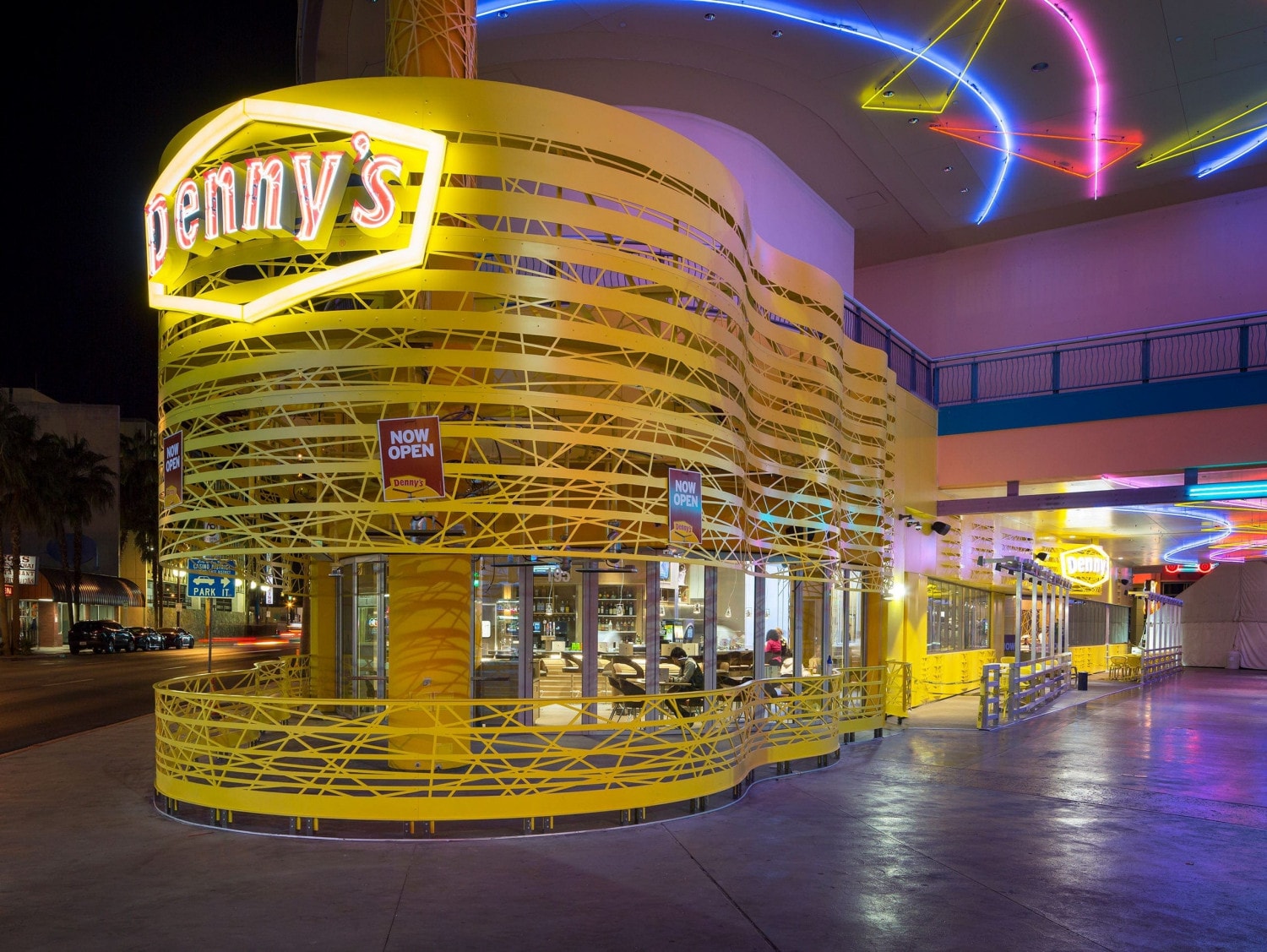

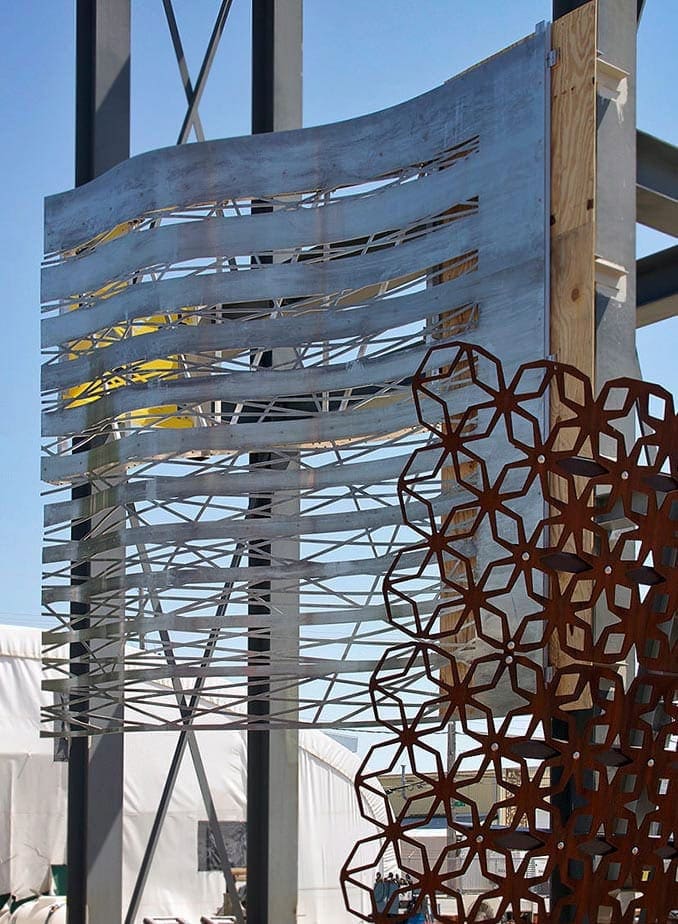
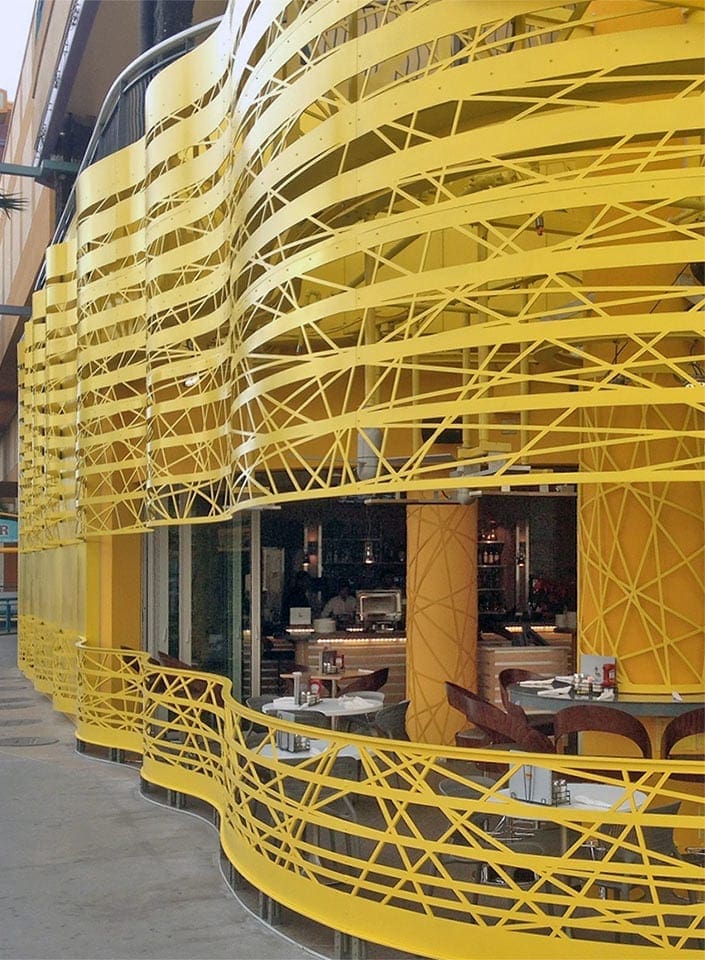


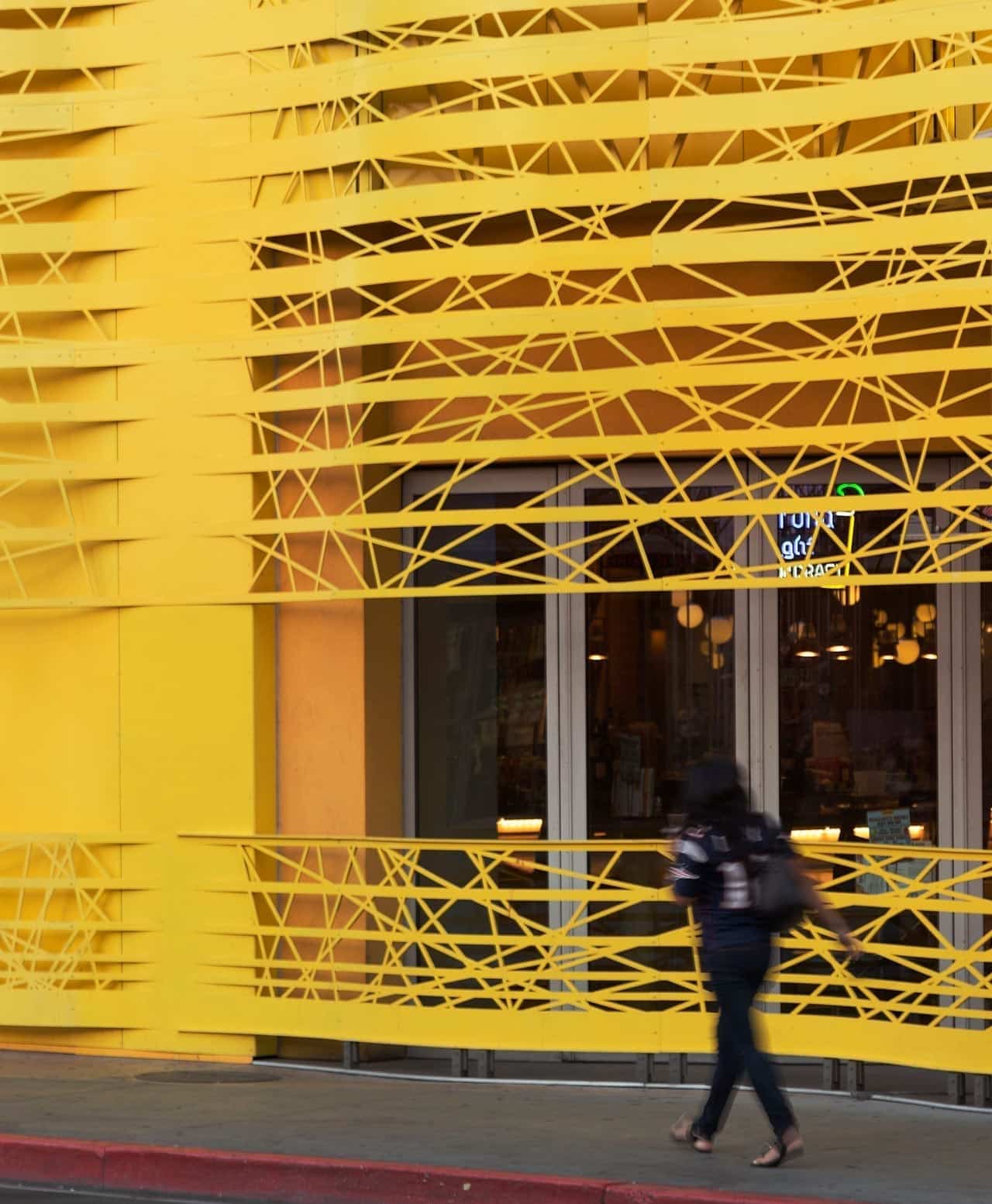

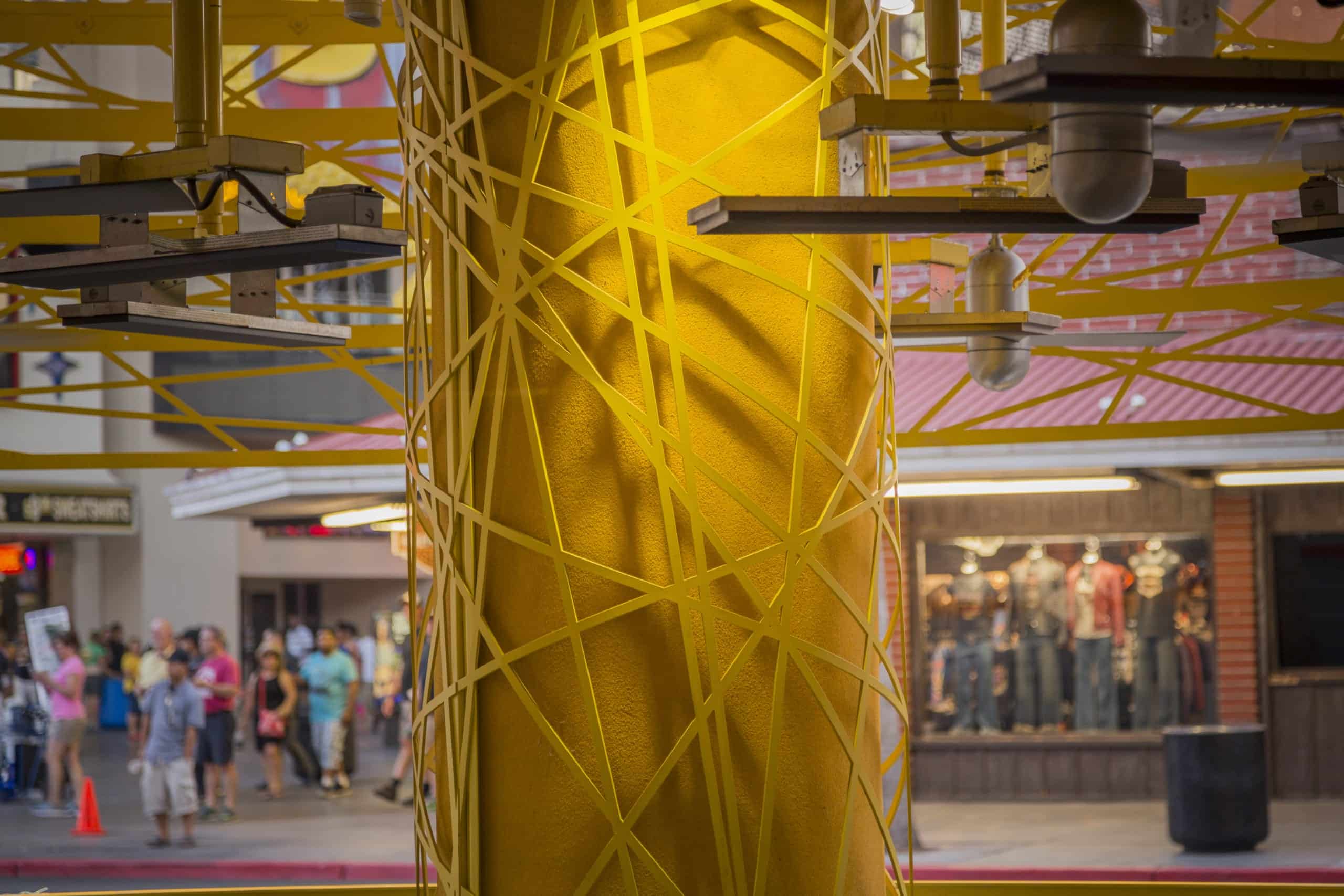
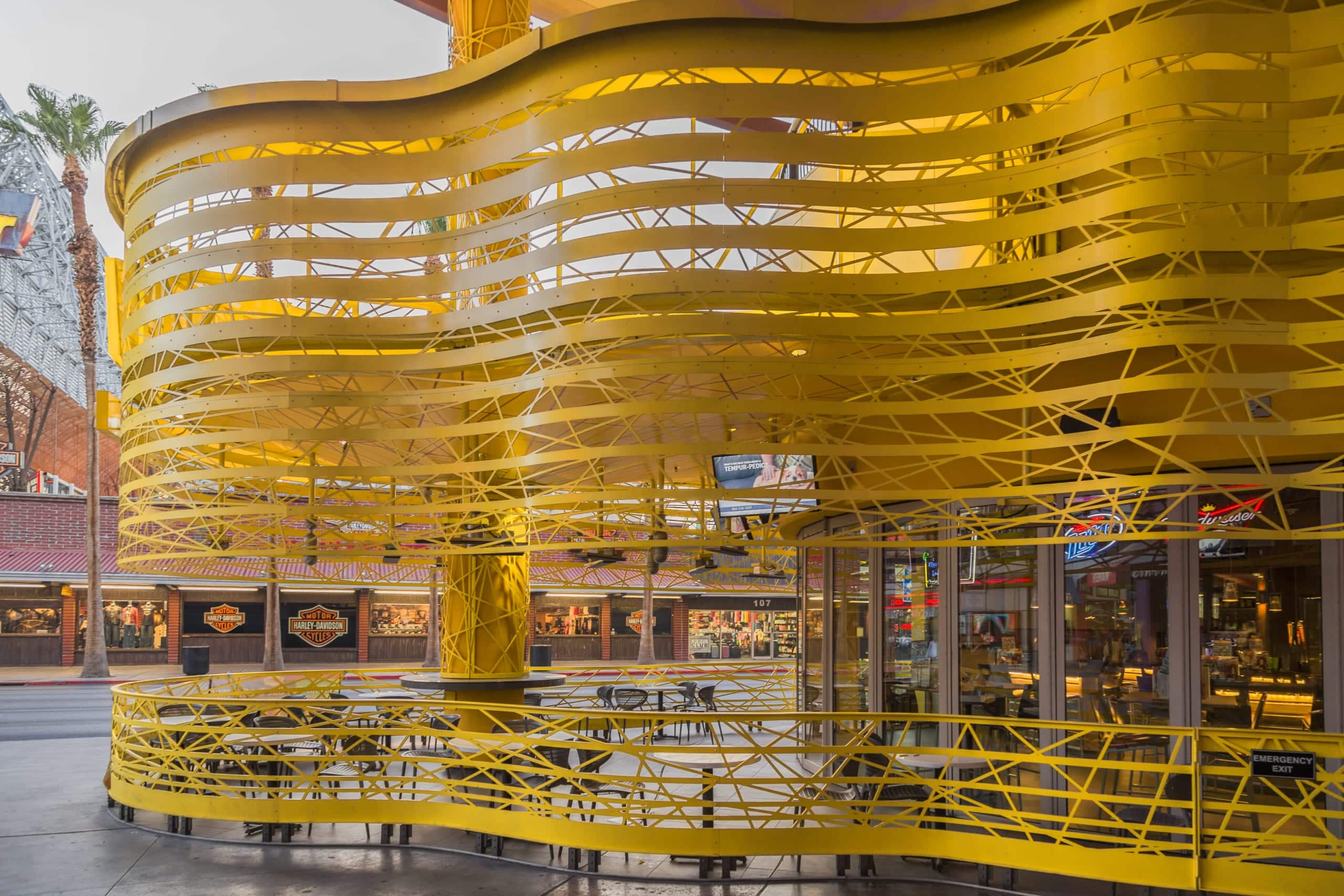
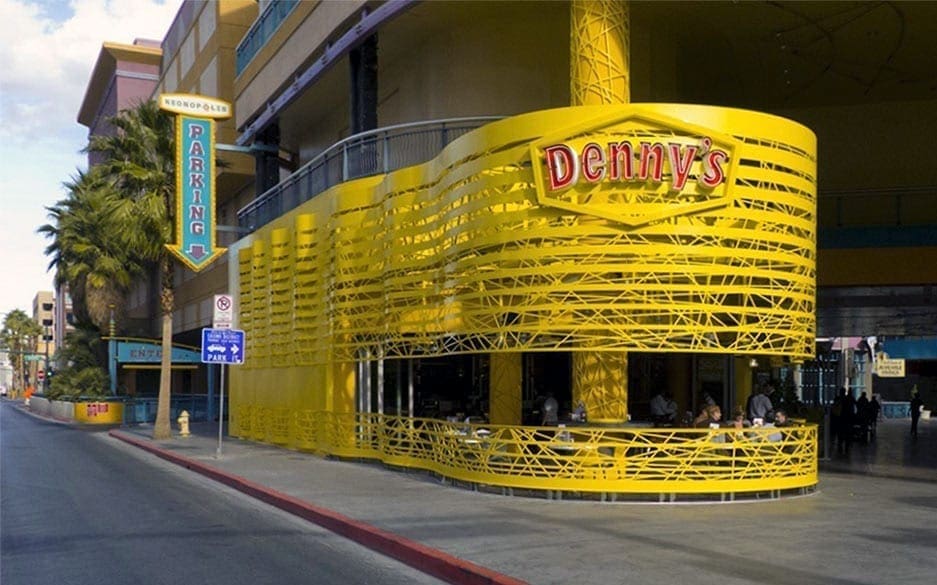

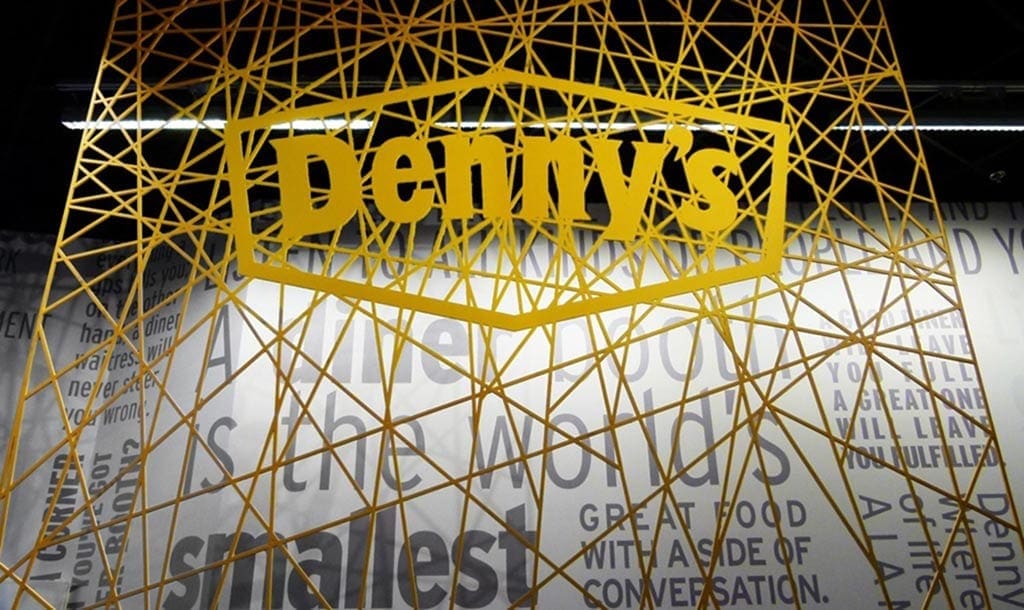



















 PHOTO ©️ Parrish Ruiz de Velasco (parrch.com)
PHOTO ©️ Parrish Ruiz de Velasco (parrch.com)



 © Fedora Hat Photography
© Fedora Hat Photography Photo by Andre Sigur | ARKO
Photo by Andre Sigur | ARKO





 Ɱ, Creative Commons Attribution-Share Alike 4.0 International license, edited.
Ɱ, Creative Commons Attribution-Share Alike 4.0 International license, edited.
